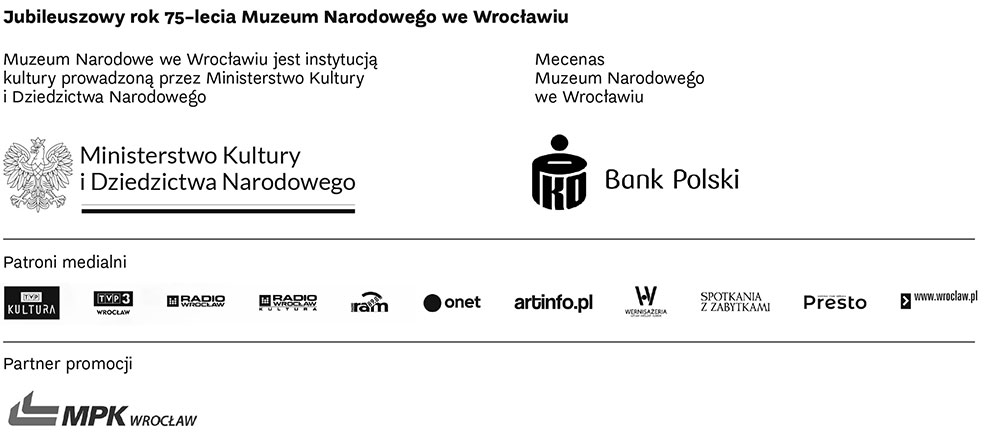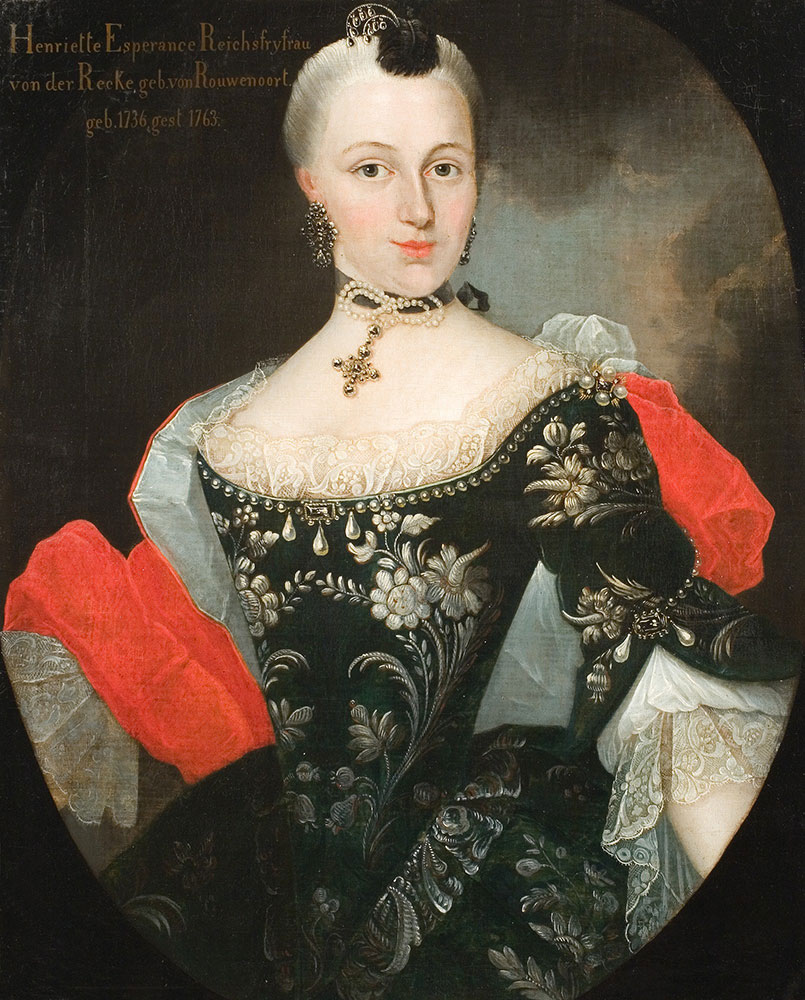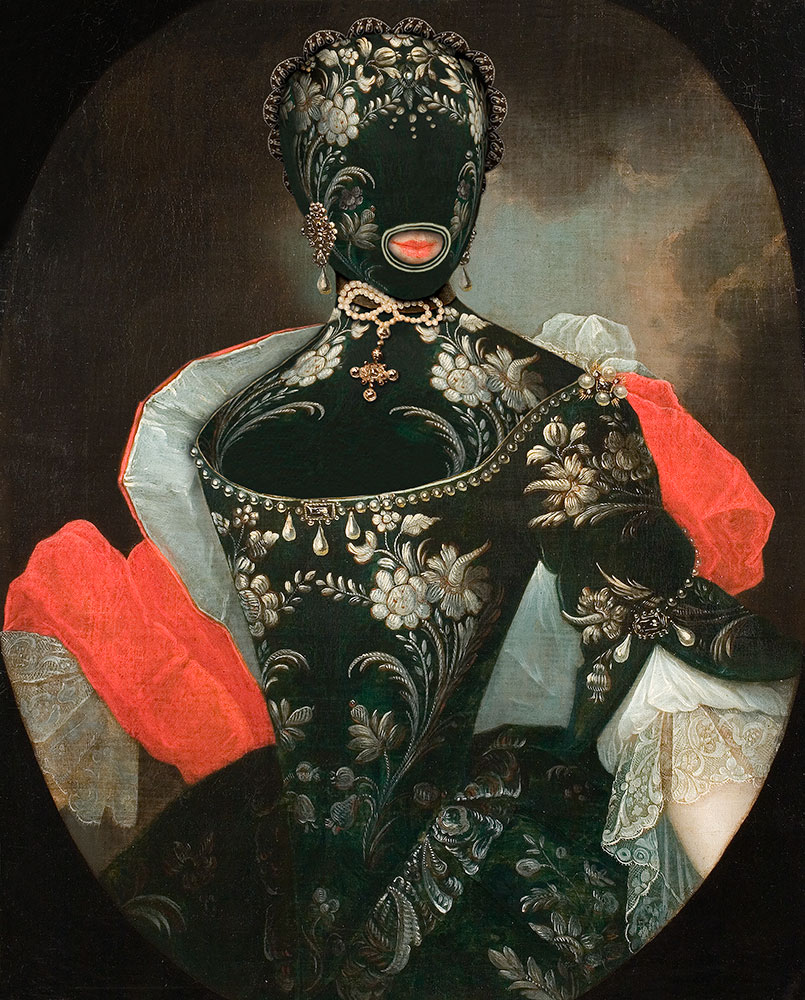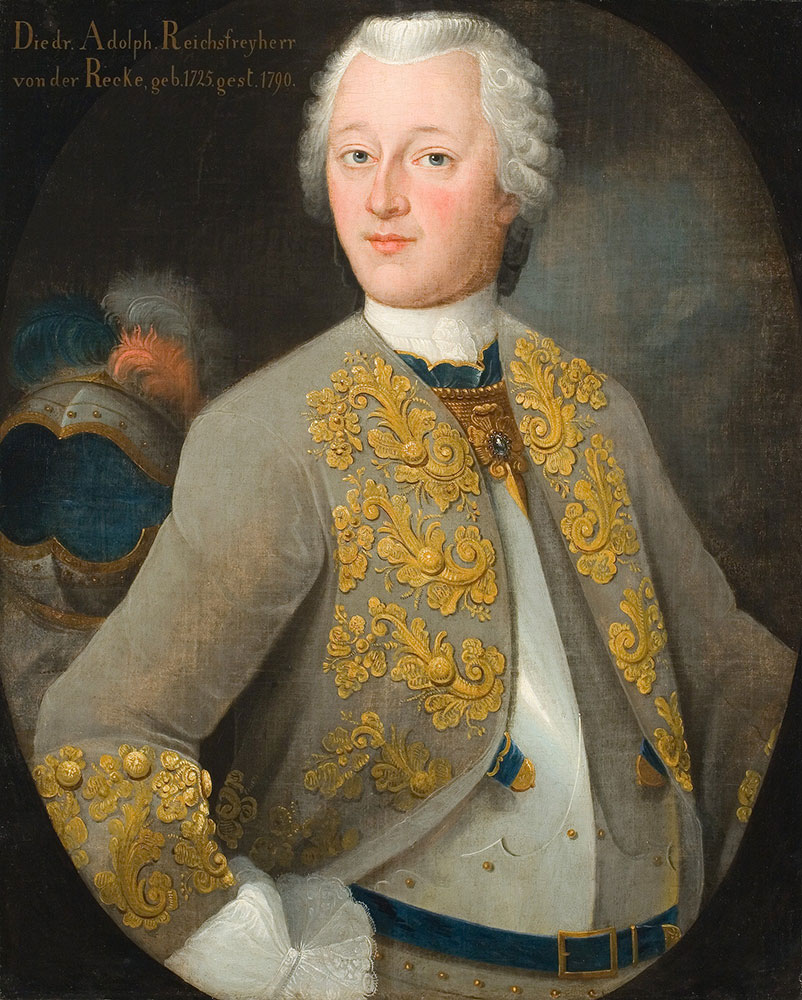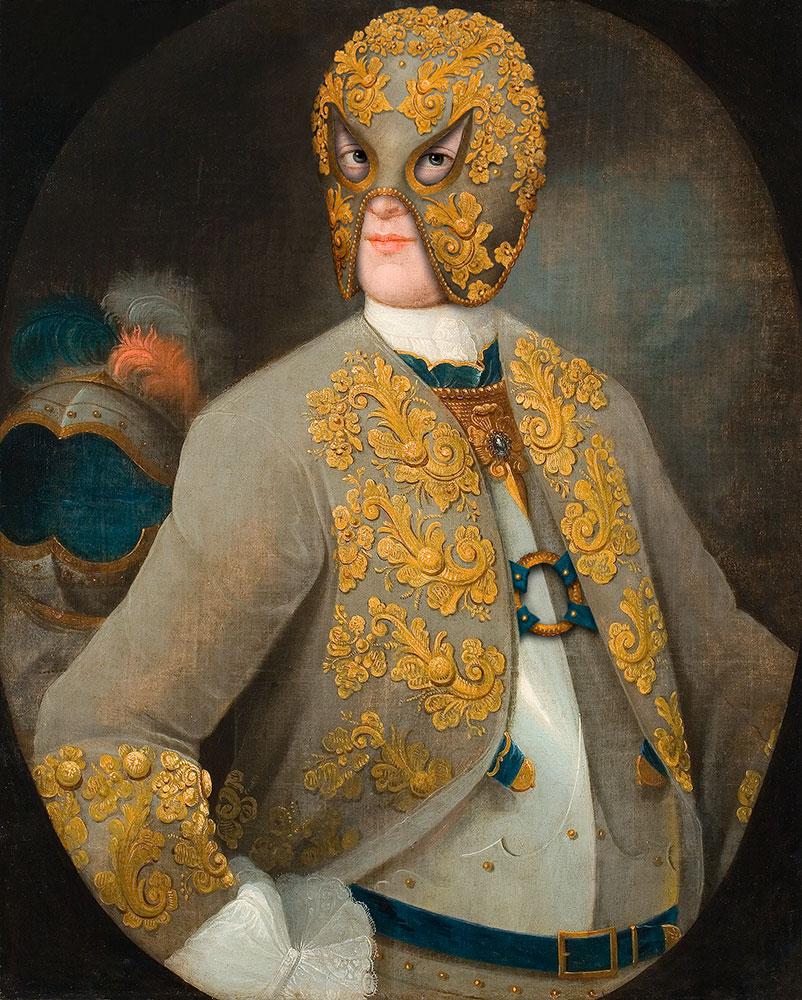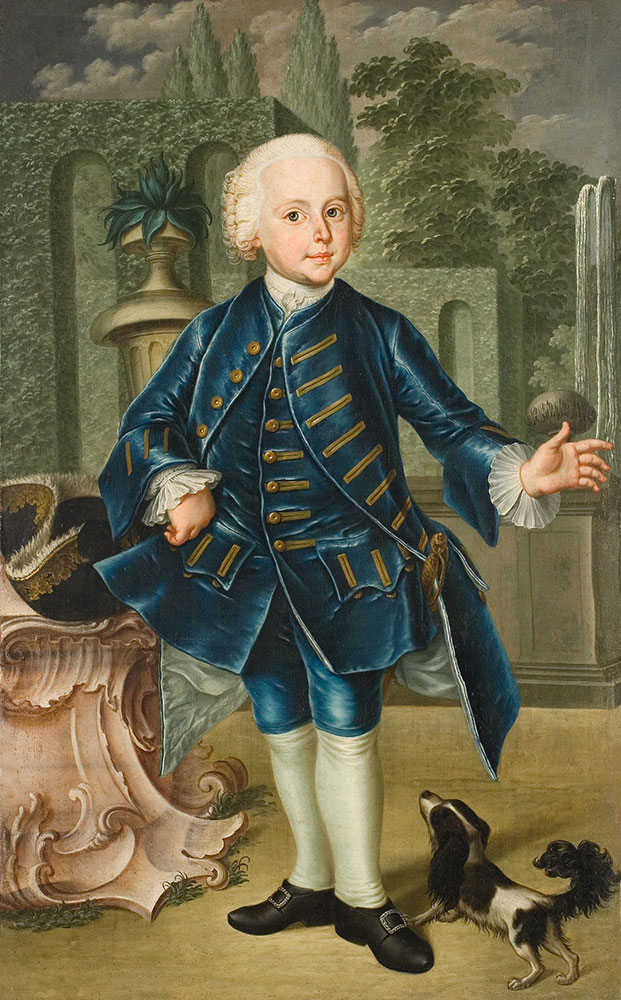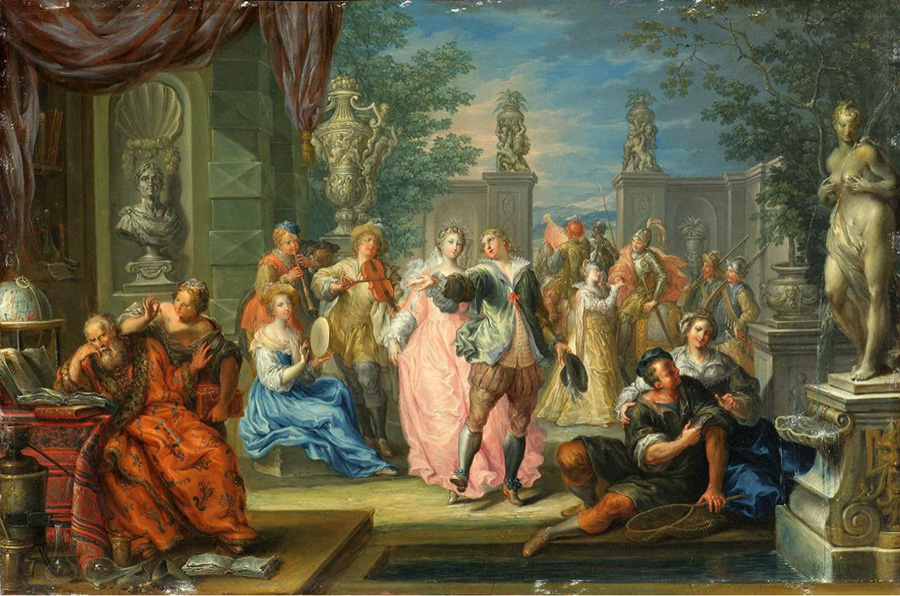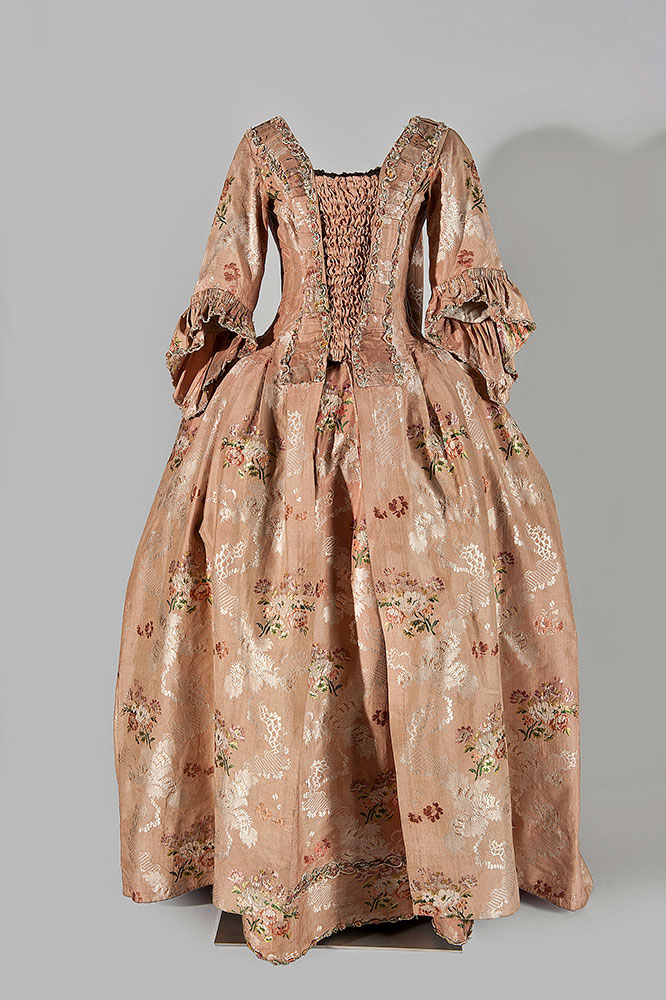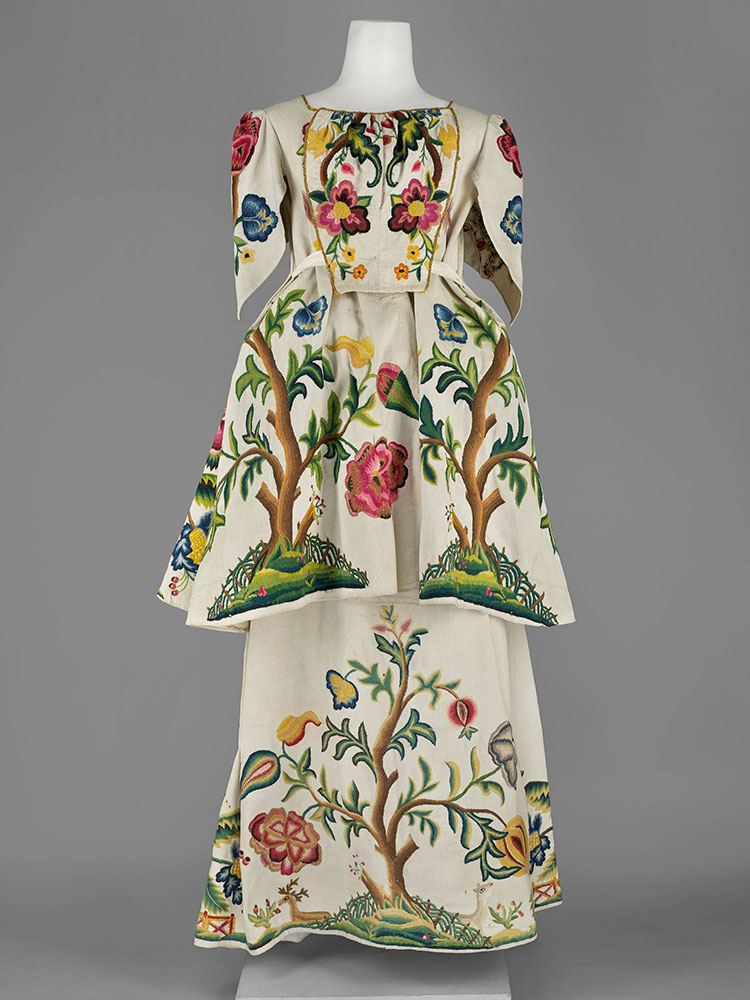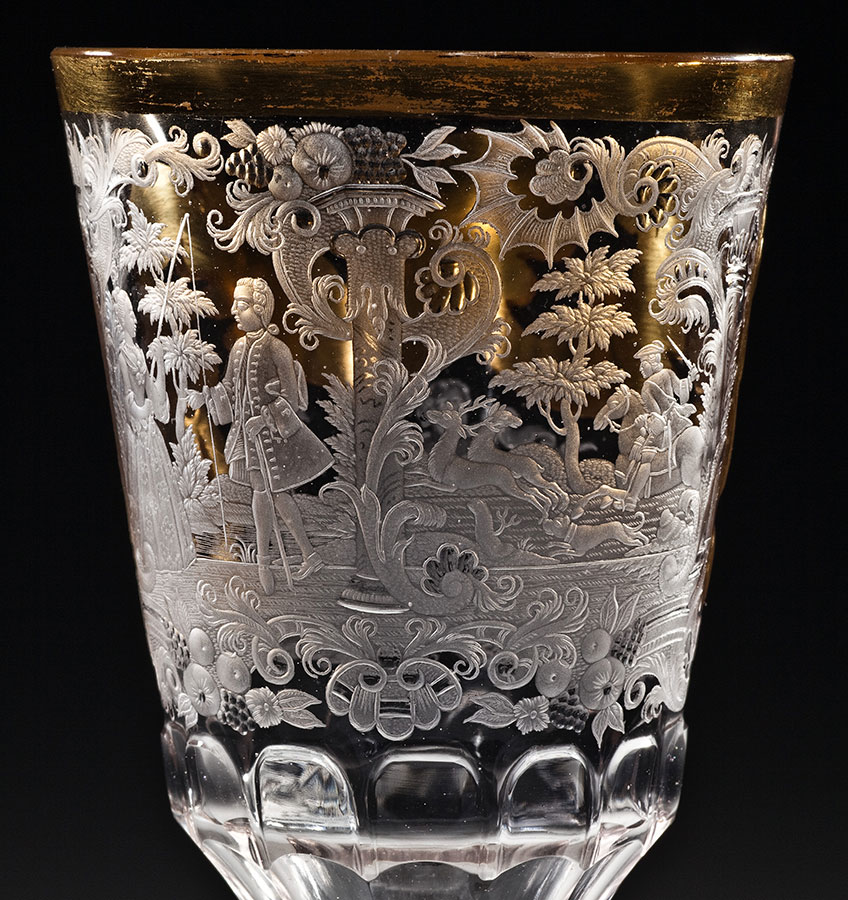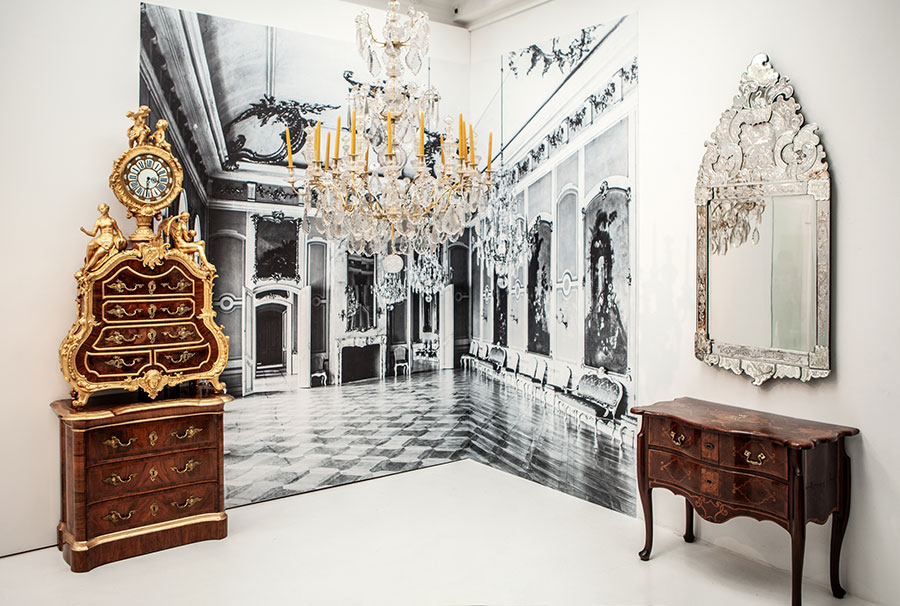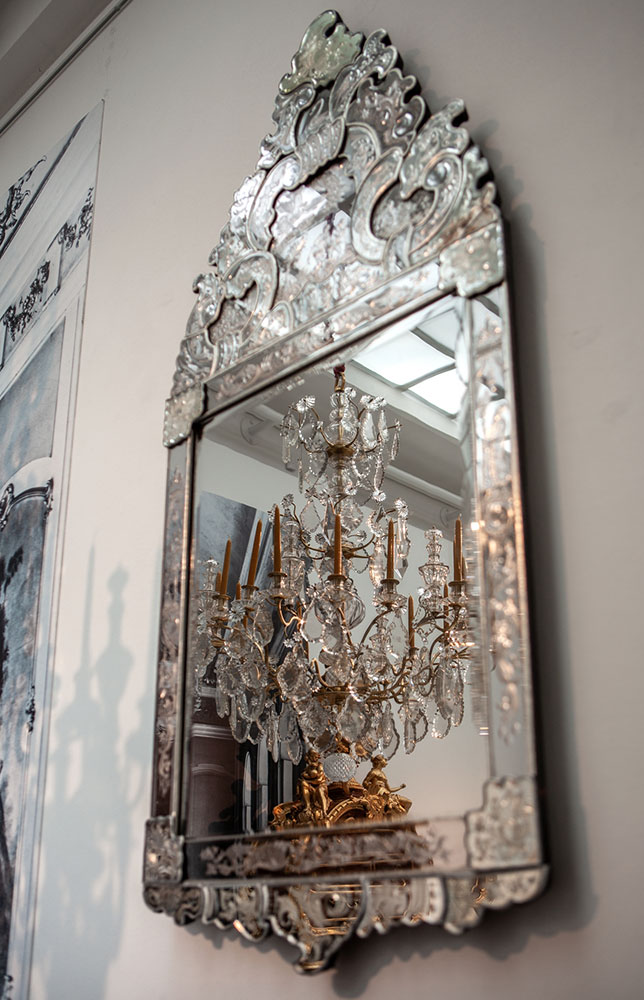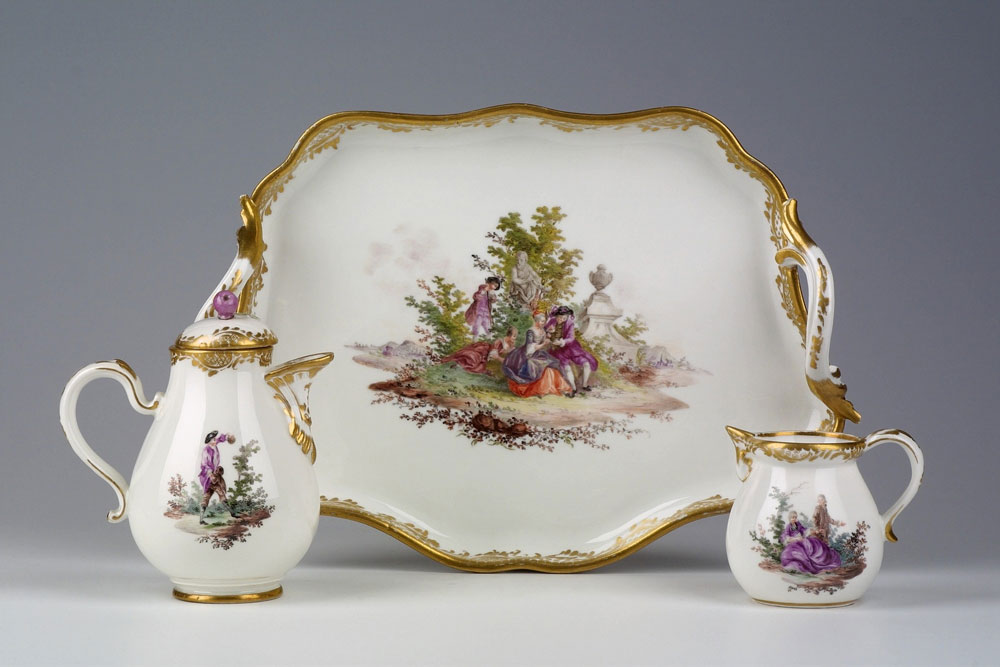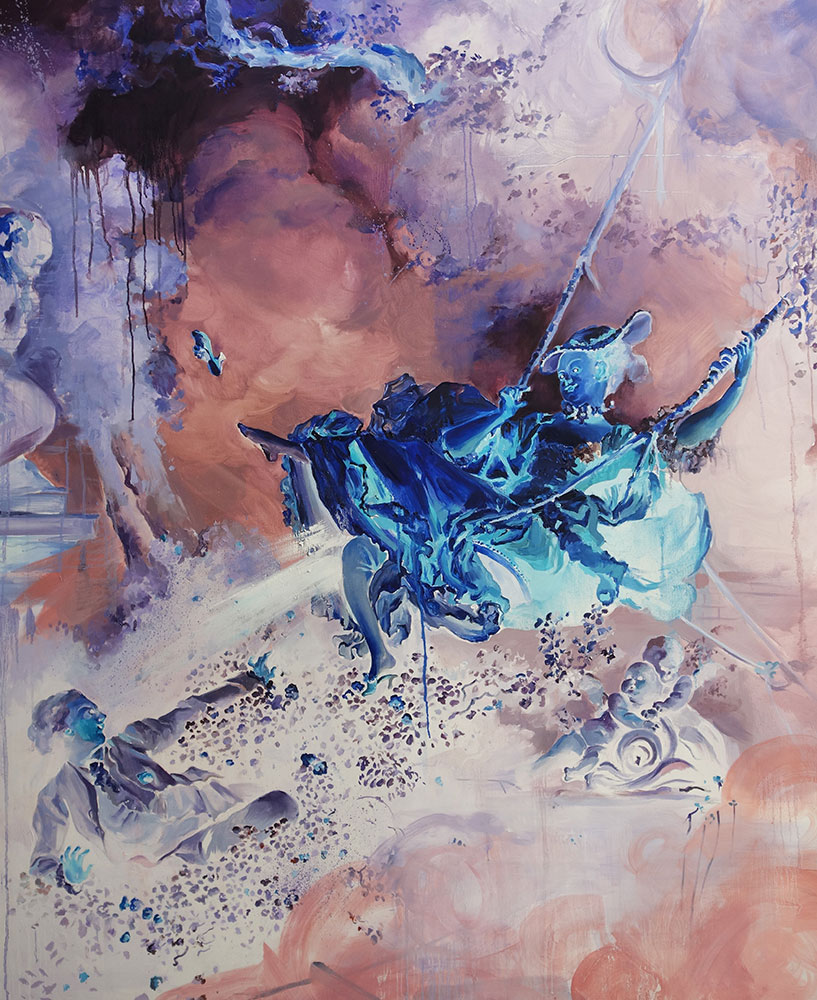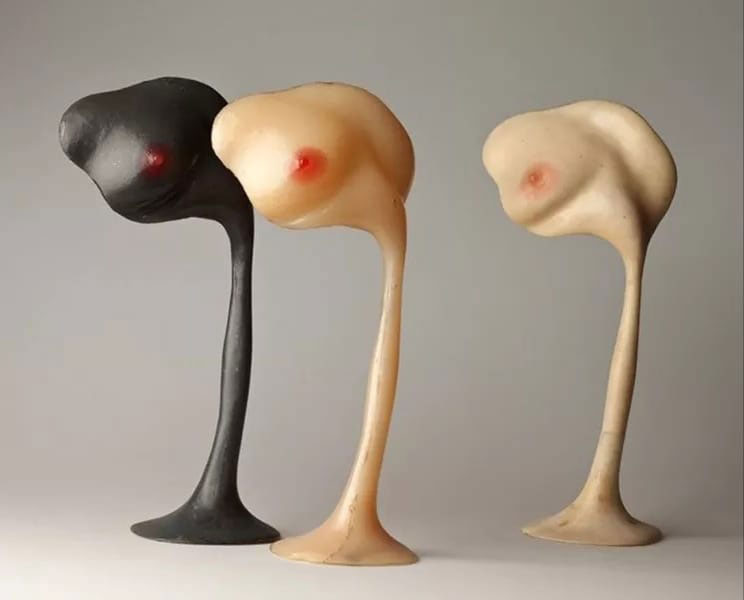14 July 2023 – 14 January 2024
The National Muzeum team of curators, the coordinator: Piotr Oszczanowski
Around 500 artefacts – from paintings, sculptures and prints, jewels, furniture, porcelain, clothes and fashion accessories, to photographs, installations and video art – are showcased in the first ever museum exhibition dedicated to Rococo and neo-Rococo arts in Silesia. The exhibition also comprises works by contemporary artists inspired by this period. It is an important affirmation of the style which continues to fascinate, inspire and also surprise us.
“Silesia as a domain of Rococo art, constitutes a particularly rewarding subject of research”, explains Dr hab. Piotr Oszczanowski, Director of the National Museum in Wrocław (MNWr) and coordinator of this exhibition. “It was exactly here that in 1740–1741 a momentous political change took place – the conclusion of the historical rule of the Habsburgs, and the start of the era of the Prussian Hohenzollern dynasty. Its subsequent rulers – Frederick the Great (1740–1786) and Frederick Wilhelm II of Prussia (1786–1797) – not only created in this newly conquered territory a completely new state administration, but also replaced the local elites, abolished the domination of the Catholic Church, and introduced a new style, which could be described as ‘Frederickian’”.
Real. Sabin Kluszczyński | Alicja Waścińska
The narration of the exhibition is set by theme blocks, focused on: ceremonial feasts, palace balls, refined utility objects, charms of the Carnival in Venice, body language meanings, and the Rococo stately homes in Silesia. The exhibits include priceless items from the historical interiors of the Royal Palace in Wrocław, the official residence of Frederick Wilhelm II, such as a Rococo mirror, a chandelier, furniture, paintings, and some pieces from the famous porcelain dinner set of the King, the Breslauer Stadtschloss.
Visitors can admire the 18th-cent. clothing originating from Silesia, for example an embroidered woman’s outfit from the castle in Oleśnica, a waistcoat once belonging to Frederick II embroidered by his sister, and a man’s party costume in pink.
The exhibition also commemorates the tradition and works created in the Wrocław ‘factory of paintings’ of the Strachowsky family, and recreates the authentic interior of the neo-Rococo chapel in the palace of Konary near Strzelin, as well as the beauty of the neo-Rococo stage designs by the painter and art restorer Joseph Langer (1865–1918).
The two large contemporary artistic installations prepared especially for this event by Robert Sochacki and Olaf Brzeski, provide the opening and the end of this Rococo tale. Among the other modern works on show, there are those by Tadeusz Brzozowski, and artists inspired by historical modes of painting, such as Anna Orbaczewska and Volker Hermes, architecture – Łukasz Stokłosa and Łukasz Korolkiewicz, and clothing – for example Maria Pinińska-Bereś. The exhibition also showcases sculptures by Alina Szapocznikow and Yvonne Roeb, works by the AES+F group and Katarzyna Kozyra.
The exhibition is intended for diverse groups of visitors; some selected exhibits are provided with the information in Polish Sign Language (PJM) and QR codes enabling to download the audio description. Eleven exhibits are accompanied by tactile aids for the visually impaired. The Museum also offers guided tours and workshops with audio description and a version translated into PJM.
The exhibition is accompanied by the published catalogue.
